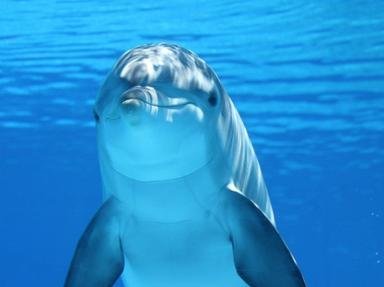
Creatures of the Sea Trivia Quiz
Not only do these creatures live in or by the sea, their common names all start with the word 'sea'. All you have to do is match the common name to the scientific name.
A matching quiz
by rossian.
Estimated time: 3 mins.